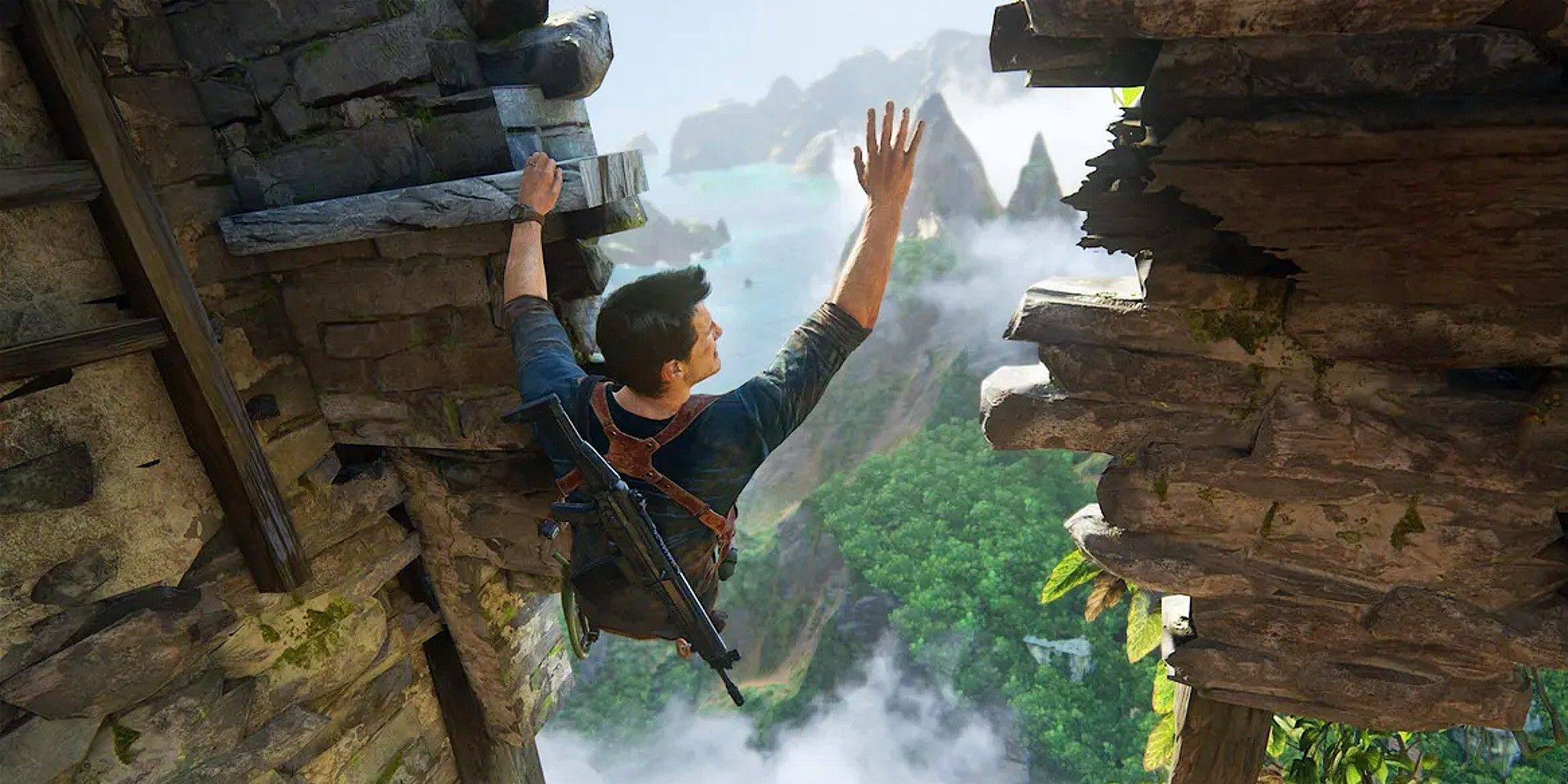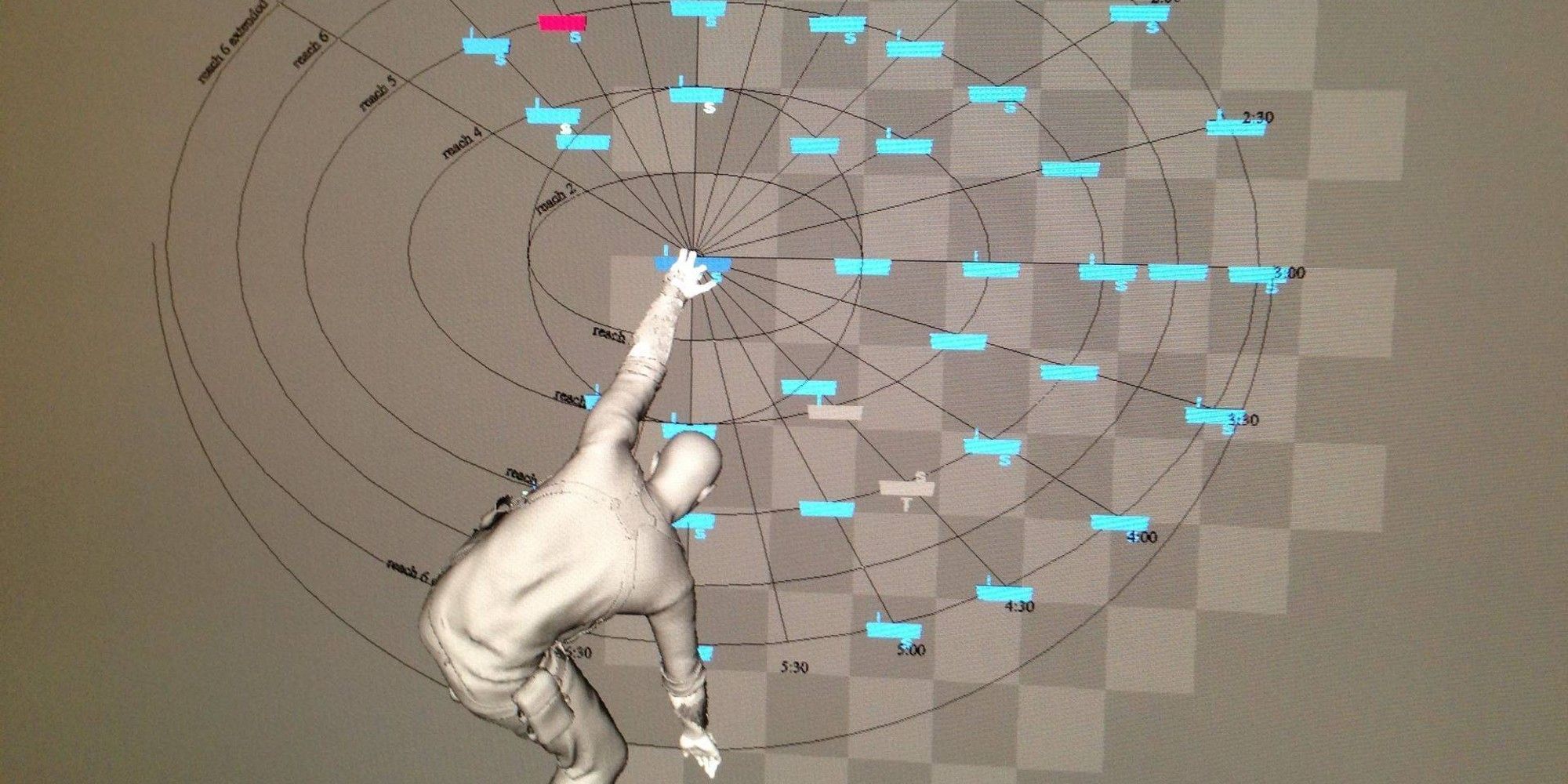Naughty Dog has revealed Uncharted 4: A Thief's End could have had much more complex climbing mechanics, including a stamina bar and a free route of the player's own choosing. The team had to throw away some ideas as it "almost became too complex."
The studio shared Uncharted 4's climbing evolution story via its official blog on the occasion of this week's Uncharted: Legacy of Thieves Collection launch on PC. Considering A Thief's End was the developer's very first game for PS4, early in development the team saw a chance to push forward some core pillars of the series. The fourth entry indeed introduced a level of control fans never had before with stunning animations, but more radical ideas were explored and never made it to the final game.
Early in production, the devs visited an indoor climbing gym to take some lessons from an instructor, and to understand the balance and weight placement of each movement from experience. That practice was later translated into how Nathan Drake's animations work and feel.
Naughty Dog tried out a host of potential routes to update the system from the previous games, from including a stamina bar for the platforming to "feel more challenging" to a completely free-climbing technique allowing you to scale a mountain in your own route. Before it all became way too extreme, the team realized they're not doing only a climbing game and had to consider how such mechanics merge with other systems layered within each other. Eventually, the emphasis shifted from the complexity of it all to better connect the player and the protagonist during the process.
To ensure the finest quality of Uncharted 4's climbing animations, the studio constructed an adjustable rock wall in the mocap stage and captured parkour athlete Jesse La Flair doing various movements for dozens of hours. Such an approach also benefited making the actual paths Drake takes more dynamic and rewarding for the player.
"We always really strive for the feeling of groundedness, because when that works really well, [...] you're invested more with the character," lead game designer Emilia Schatz said.


